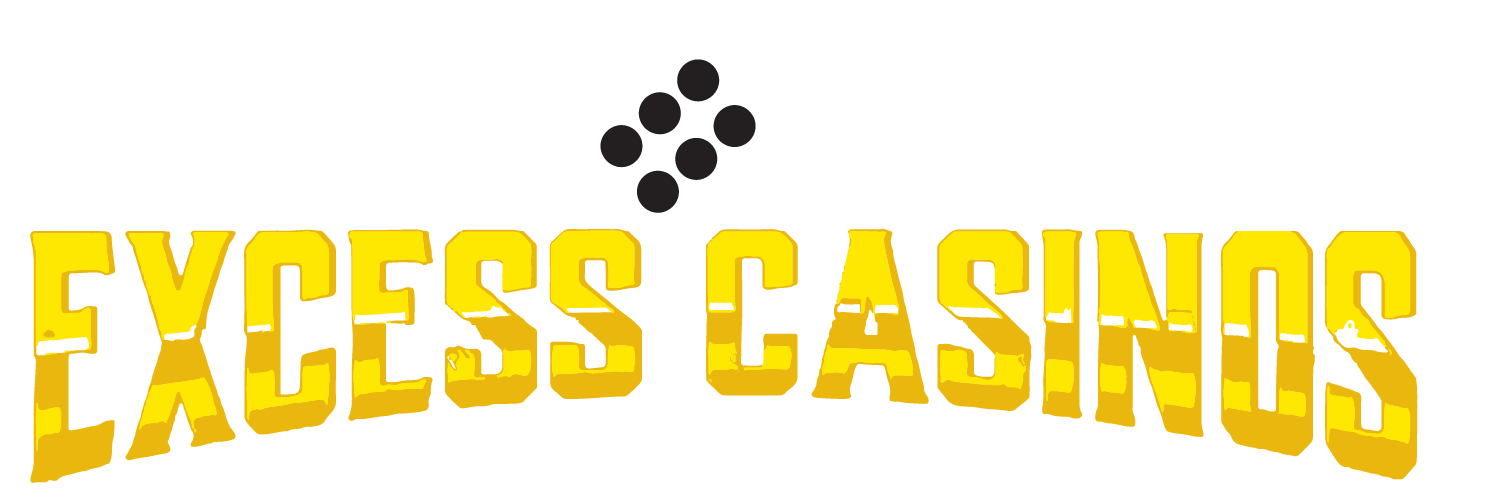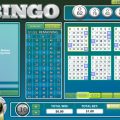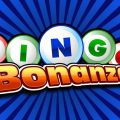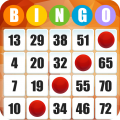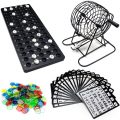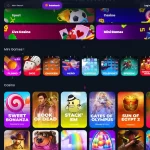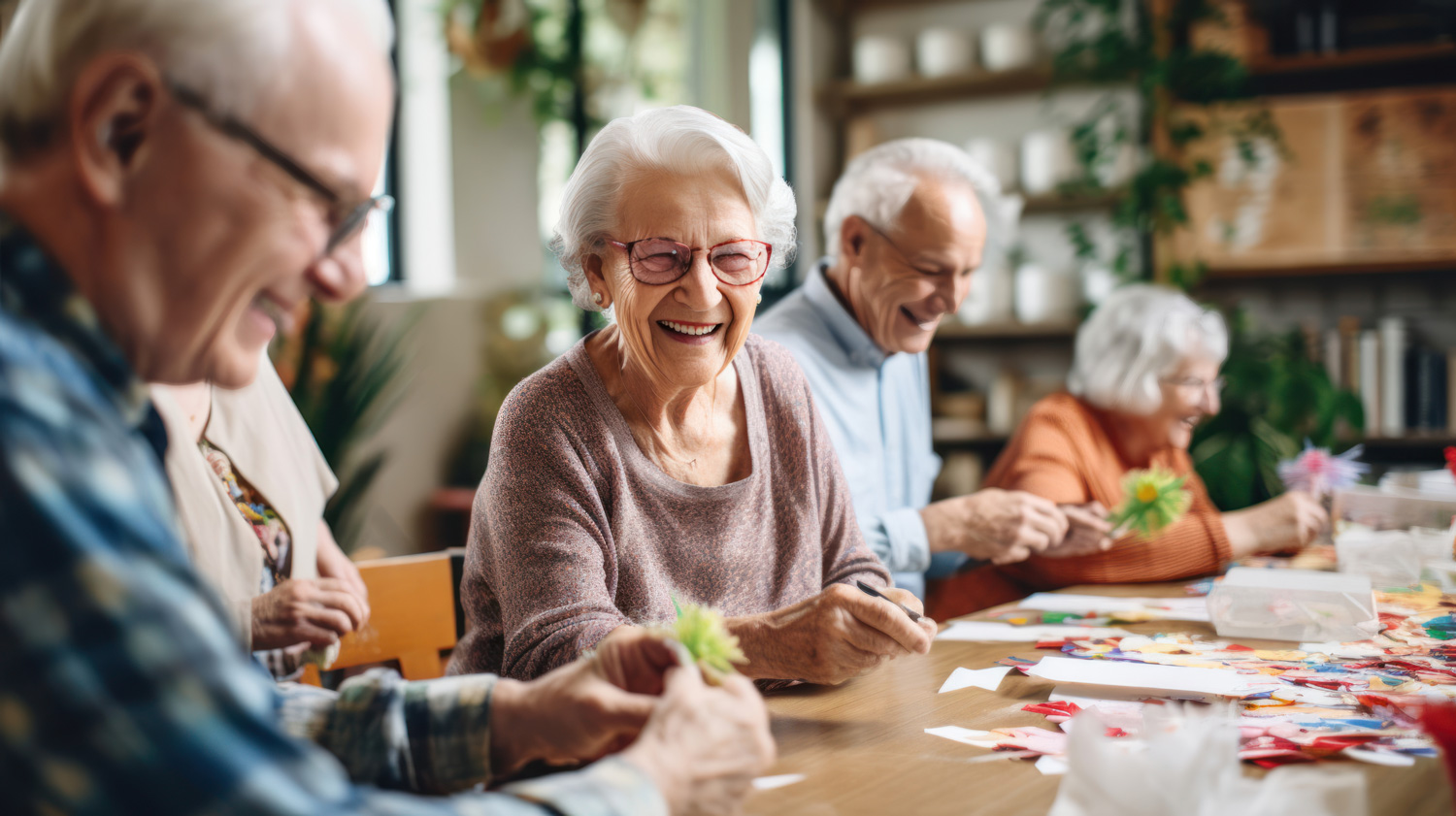
You hear the murmur first. A low, friendly hum. Then the distinct rattle of plastic tokens in a cup. And finally, the clear, steady voice calling out: “B-9.” “O-62.” This isn’t just a game. In social clubs and senior centers across the country, bingo is a lifeline. It’s a ritual, a social network, and a surprisingly powerful tool for well-being.
More Than Just a Game: The Social Glue of Bingo
Let’s be honest. The prizes are often small—a tube of hand cream, a box of tea, a two-dollar bill. But honestly, no one is really there for the loot. They’re there for the laughter shared over a missed number. For the gentle ribbing when someone almost wins. For the simple, profound act of sitting at a table with other people.
Bingo is a fantastic icebreaker. It provides a shared focus, a common goal that requires zero explanation. This structure is a godsend for combating loneliness and isolation, which, let’s face it, can be a real challenge for many seniors. It gets people out of their apartments and into a room filled with energy and light. It’s a scheduled reason to connect, a weekly appointment with friendship.
The Tangible Benefits: It’s Not Just About Fun and Games
Sure, it’s fun. But the impact of bingo in senior centers goes much, much deeper. We’re talking about real, measurable benefits for cognitive and physical health.
A Workout for the Brain
Think of each bingo card as a mini cognitive exercise. Players must:
- Listen acutely to the caller’s numbers.
- Scan visually across multiple cards quickly.
- Process information and match it to a symbol.
- Maintain focus for the duration of the game.
This constant, low-pressure mental engagement helps keep neural pathways active. It’s like taking your brain for a brisk walk. It promotes sharpness and can help slow cognitive decline. That’s a pretty good return on a game that’s been around for centuries.
Keeping the Hands and Senses Sharp
You might not think of it, but the physical act of playing bingo is beneficial, too. For those with arthritis or diminishing fine motor skills, the simple acts of picking up a token and placing it on a square are valuable. It helps maintain hand-eye coordination and dexterity. The sensory experience—the sound of the caller, the feel of the tokens, the sight of the colorful cards—all works to keep the senses engaged.
Bingo as a Fundraising Powerhouse for Social Clubs
Here’s the deal for social clubs, from veterans’ halls to community centers: bingo is often a financial engine. These games can provide a steady, reliable stream of income that keeps the lights on and funds other programs. A well-run bingo night can support everything from youth sports equipment to holiday parties for members.
It’s a symbiotic relationship. The club gets much-needed funds, and the community gets a consistent, affordable, and enjoyable social outlet. It’s a classic win-win.
The Modern Evolution of Bingo
Bingo isn’t stuck in the past. To attract a broader crowd, many centers are getting creative. You might find themed bingo nights now—everything from “Disney Bingo” to “90s Music Bingo.” These variations inject new life into the classic format, making it appealing to multiple generations. It’s not just for seniors anymore; it’s becoming a multi-generational activity where grandchildren can play alongside their grandparents.
And technology? It’s made its mark too. Electronic bingo consoles that automatically daub numbers are a boon for those with visual or mobility impairments, ensuring everyone can participate fully. It’s a small change with a huge impact on inclusivity.
A Snapshot of a Typical Bingo Session
So what does this all look like in practice? Imagine a typical Thursday afternoon at a local senior center.
| Time | Activity | The Vibe |
| 1:30 PM | Players trickle in, grab their favorite seats, and set up their “stations” (cards, tokens, lucky charms). | A low hum of chatter and catching up. |
| 1:45 PM | The caller makes announcements. Coffee and cookies are served. | Anticipation builds. The social hour is in full swing. |
| 2:00 PM | First game begins. The room falls into a focused silence, punctuated by the caller’s voice. | You could hear a pin drop… until someone yells “Bingo!” |
| 3:30 PM | Session ends. Winners collect their prizes. Everyone helps clean up. | A sense of shared accomplishment and plans made for next week. |
The Heart of the Matter
In the end, the role of bingo transcends the numbers on a card. It’s a ritual that builds routine. It’s a catalyst that forges friendships in the most unassuming of places. It’s a tool that, quite literally, keeps minds and bodies more engaged.
It’s a reminder that community isn’t always built through grand gestures. Sometimes, it’s built one tiny plastic token at a time, in a room where the only thing louder than the caller is the sound of people connecting. And that’s a full-house win for everyone.
